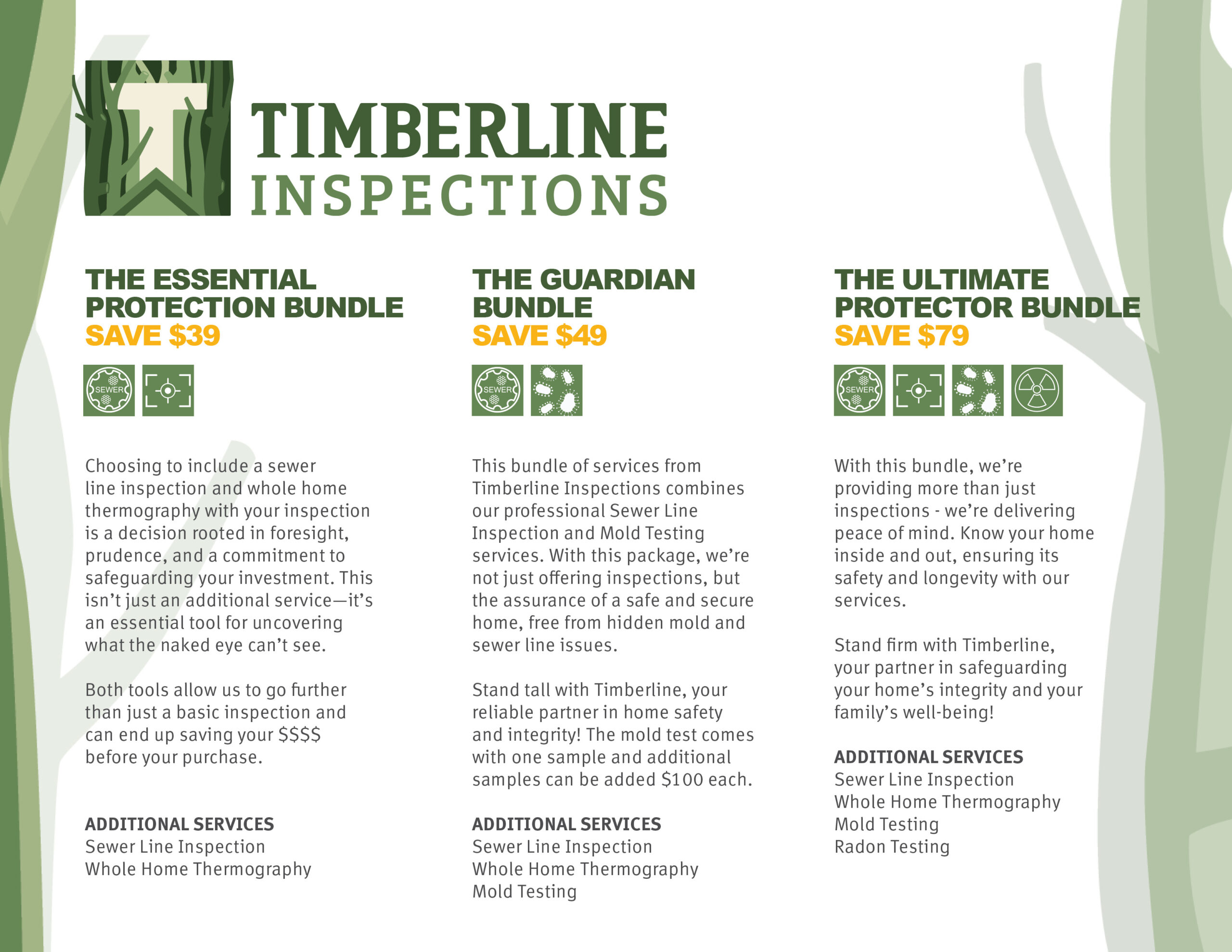Draw inspection is an important part of the real estate and construction industry. It plays an important role in ensuring the successful completion of projects.
It is safe to call these inspections crucial checkpoints that inspectors conduct to evaluate the construction’s progress. The “why” behind these inspections is linked to the risk mitigation for lenders. They are crucial for achieving construction milestones and allocating funds appropriately.
This blog will discuss the basics of draw inspection, reflecting their significance in the construction landscape. We will also discuss the reasons why inspectors offer these inspections.
What Is A Draw Inspection
A draw inspection is also known as a construction or progress inspection. It is a crucial process that involves an inspector assessing the construction project’s progress at various stages. Usually, the inspector assesses the property before the funds are disbursed to the builder or contractor.
The primary purpose of these inspections is to ensure that the construction work aligns with the agreed-upon plans and specifications.
How to Draw Inspections Generally Work?
Following are some of the ways draw inspections generally work:
Multiple Stages
They are conducted at different stages of the construction project. These stages often correspond to key milestones, such as foundation completion, framing, roofing, and overall project completion.
Verification of Work
The inspector visits the construction site to verify that the work has been completed per the plans and specifications. This includes checking the quality of workmanship, materials used, and compliance with local building codes.
Photographic Documentation
Inspectors often document their findings through photographs. This helps them provide a visual record of the construction progress. These photos can be included in reports for lenders and other stakeholders.
Report Generation
After each inspection, a detailed report is generated. The report outlines the following:
- The current state of the construction
- Any deviations from the plan
- Whether the project is on track for disbursement of funds
Funds Disbursement
Once the inspection report is submitted and approved, lenders can release funds to cover the costs of completed work. This process helps ensure that the funds are used for the intended purpose and that the project remains financially viable.
When Draw Inspections Are Commonly Used?
Draw inspections are commonly used in scenarios where construction financing is involved. Examples of these are custom home builds or commercial construction projects.
Lenders, developers, and project stakeholders rely on draw inspections. These inspections help them manage risk, monitor progress, and safeguard their investments throughout construction.
Why Inspectors Offer Draw Inspections
There are various reasons why inspectors offer draw inspections. Mainly, the reasons are to ensure transparency, risk mitigation, and adherence to quality standards throughout the construction process.
Following are some key reasons why inspectors provide these inspections and how these benefit construction projects.
Risk Mitigation and Project Success
Inspectors offer draw inspections to mitigate risks associated with construction projects. Inspectors identify potential issues early by conducting thorough assessments at various construction milestones. Later, this helps in timely corrections. This proactive approach contributes to the overall success of the project. It can help in minimizing the likelihood of delays, disputes, or substandard work.
Quality Assurance and Compliance
It is an inspector’s job to ensure the quality of workmanship and materials used in a construction project. Draw inspections provide a mechanism to verify that construction aligns with industry standards and building codes. This commitment to quality assurance enhances the longevity and durability of the structure. It also ensures that the structure/property meets or exceeds regulatory requirements.
Funds Disbursement Control
Lenders often disburse funds in stages based on the completion of specific construction phases. Inspectors play a vital role in controlling the disbursement of funds. They do this by providing an independent evaluation of completed work. This meticulous approach ensures funds are released only when predetermined criteria are met, preventing financial irregularities and misuse.
Transparent Communication and Documentation
Effective communication is key in construction projects. This is especially true for projects that involve multiple stakeholders. Inspectors offer draw inspections to provide clear, transparent, and documented construction progress reports. These reports, often accompanied by photographic evidence, serve as a valuable tool for communication. Through these reports, the project’s status is easily communicated to lenders, developers, and other interested parties.
Early Issue Identification and Resolution
Draw inspections help inspectors identify issues or discrepancies early in construction. This early detection allows for prompt corrective actions. It also prevents potential issues from escalating and causing delays or cost overruns. This is one of the ways inspectors act as a proactive force in safeguarding the project’s timeline and budget.
Stakeholder Confidence and Credibility
Offering draw inspections demonstrates a commitment to transparency and accountability. It fosters confidence among stakeholders. The credibility established through draw inspections is invaluable in maintaining positive relationships and fostering trust. Whether it’s lenders seeking assurance or developers ensuring their project is on track.
Industry Standards Adherence
Many construction projects are subject to industry standards and regulations. Inspectors offering draw inspections ensure that the construction work aligns with these standards, reducing the risk of legal and compliance issues. This commitment to industry best practices contributes to the overall success and sustainability of the project.
The Secret Ingredient: Draw Inspections’ Impact on Construction Success
In conclusion, draw inspections are the secret ingredient in the recipe of the construction industry. It is one of the best ways stakeholders get a meticulous and strategic framework.
The inspectors play an important role in providing draw inspections. This is a great way to encompass mitigation, transparent communication, and quality assurance. It also helps in adherence to industry standards.
This specialized service not only facilitates the disbursement of funds. It also fosters stakeholder confidence, contributing significantly to the success and credibility of construction projects.
Explore the Assurance of Expert Inspection with Timberline. Whether you’re a homeowner or investor, our insights provide a foundation for informed decisions. Contact us today for reliable guidance on your property’s condition and gain peace of mind.

